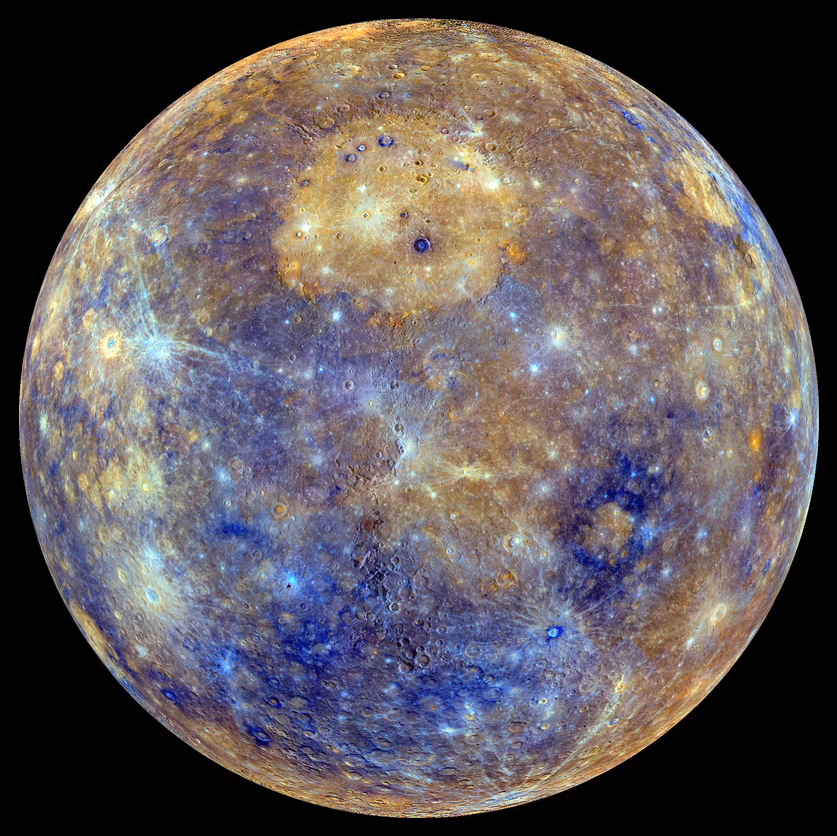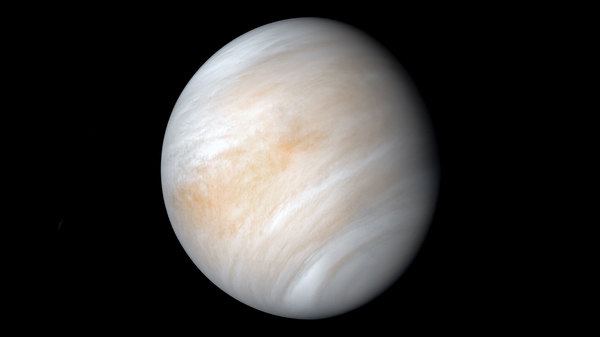Solar System
Science
sun
The Sun is the only star in our solar system. It is the centre of our solar system, and its gravity holds the solar system together. its Temperature: 5,973°C to 15,000,000°C.
mercury
At a distance of only about 1/3 of Earth's distance to Sun, Mercury is the first planet in our Solar System. With a diameter of only 4880 kilometres (3032 miles) Mercury is the smallest planet in the Solar System. It is barely bigger than our Moon. Not only is Mercury the smallest planet, it is also shrinking!
Venus
- Venus is the second closest planet to The Sun. It is the hottest planet in the Solar System. There are yellow clouds on Venus. Venus is the only planet in our Solar System that rotates Clockwise. A day on Venus lasts 243 Earth Days.
Earth
Mars
- Mars is also known as the Red Planet. Mars is named after the Roman god of war. Mars has 2 moons called Deimos and Phobos. Mars is the 4th planet from the sun. Mars is smaller than Earth with a diameter of 4217 miles.
Jupiter
- Jupiter is the 5th planet away from The Sun. It is the biggest planet in our Solar System. Jupiter has rings, but they're too faint to see very well. Jupiter has 80 moons. Jupiter is a Gas Giant. A day on Jupiter is super fast. A year on Jupiter is the same as 11.8 Earth years.
Saturn
- Saturn is huge. You cannot stand on Saturn. Its beautiful rings are not solid. Some of these bits are as small as grains of sand. The rings are huge but thin. Saturn could float in water because it is mostly made of gas.
Uranus
- Uranus is the seventh planet from the Sun, and has the third-largest diameter in our solar system. It is surrounded by a set of 13 rings. It is an ice giant (instead of a gas giant). It has a thick atmosphere made of methane, hydrogen, and helium. It is the only planet that spins on its side. Uranus spins the opposite direction as Earth and most other planet
Neptune
Neptune orbits our Sun, a star, and is the eighth planet from the Sun at a distance of about 2.8 billion miles (4.5 billion kilometres). Neptune is the final planet in the Solar System. Neptune is more than 30 times as far from the Sun as Earth. A year on Neptune is equivalent to 164.81 Earth Years. Neptune is an 'Ice Giant' .Neptune has at least 5 rings



:max_bytes(150000):strip_icc()/Earth_Eastern_Hemisphere-56a8cda43df78cf772a0cc74.jpg)




_flatten_crop.jpg/640px-Neptune_-_Voyager_2_(29347980845)_flatten_crop.jpg)
Comments
Post a Comment